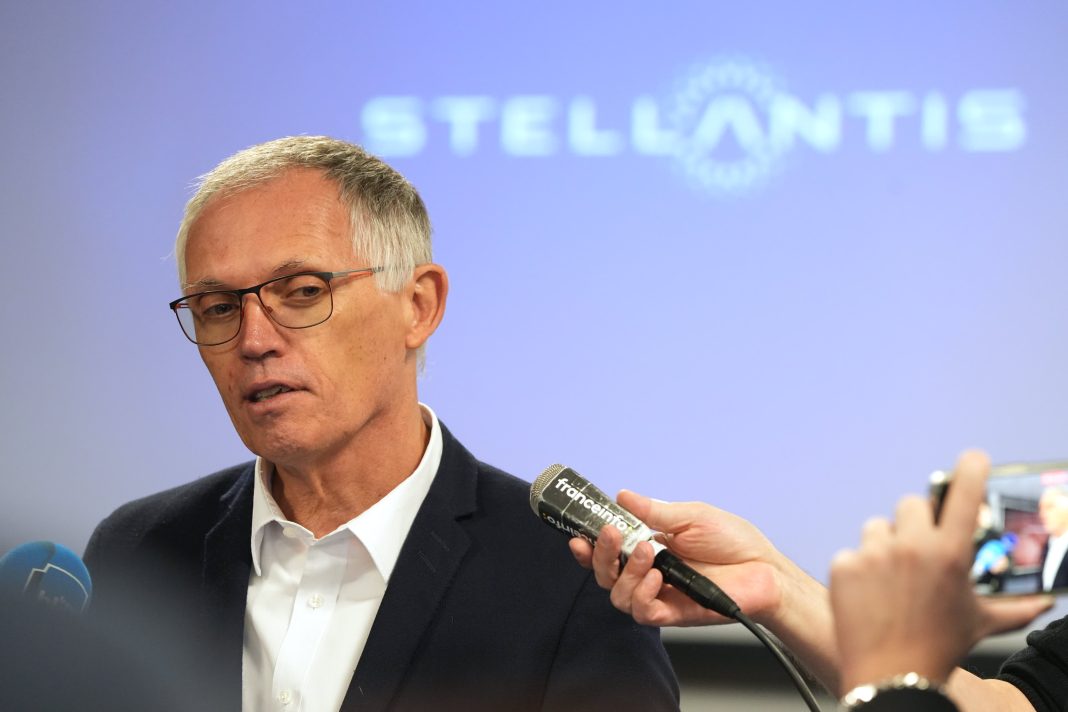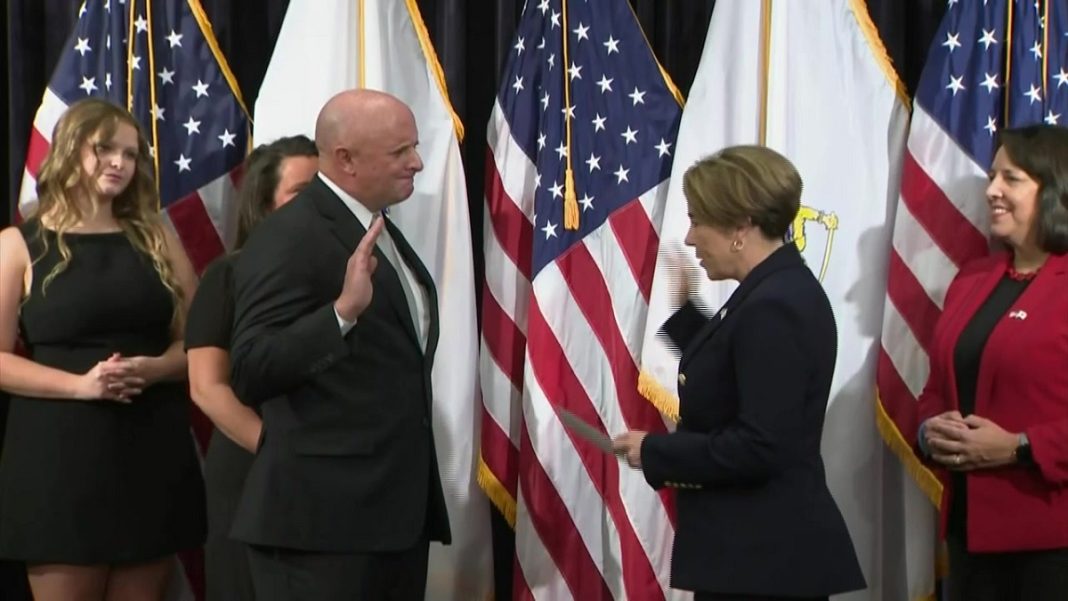In a significant escalation of tensions, Stellantis NV has initiated legal proceedings against the United Auto Workers (UAW), marking a pivotal moment in the ongoing labor dispute between the automaker and the influential union. This lawsuit, filed in the U.S. District Court for the Central District of California, seeks to hold both the UAW and a local chapter accountable for what Stellantis claims are unlawful actions that could lead to substantial financial damages for the company.
The conflict stems from a larger narrative of strained relations between automotive manufacturers and labor unions, exacerbated in recent years by economic pressures and shifting market dynamics. Stellantis, the parent company of brands like Chrysler and Jeep, is asserting that the UAW has failed to uphold contractual obligations established in a deal struck late last year. This breach allegedly relates to the union’s strike authorization vote at Stellantis’ Los Angeles Parts Distribution Center, where a supermajority of members indicated their willingness to strike if negotiations failed.
Tobin Williams, Stellantis’ Senior Vice President of North America Human Resources, articulated the company’s position in an internal message to employees. He stated, “This lawsuit would hold both the International and the local union liable for the revenue loss and other damages resulting from lost production due to an unlawful strike.” Such strong language underscores Stellantis’ commitment to protecting its operational integrity amid growing labor unrest.
At the heart of the dispute lies a complex web of grievances. The UAW alleges that Stellantis has not adhered to the terms of their agreement, citing reductions in plant production, layoffs, and delays in investments that were promised as part of the 2023 contract. UAW President Shawn Fain has been vocal about the union’s readiness to strike if conditions do not improve. “A strike will cripple this company,” Fain declared at a recent rally. He emphasized, “If we have to strike, it’s Stellantis’ decision to do so because they are not honoring their commitment.” This rhetoric reflects a broader trend where labor unions are increasingly willing to leverage strike actions as a negotiation tactic.
Stellantis, however, counters that its actions are justified under the contract, claiming it has the right to adjust its commitments based on market conditions and plant performance. The company points to “Letter 311,” a document outlining conditional investments that depend on various business factors. This legal maneuvering raises questions about the balance of power in labor relations, especially in an industry facing rapid technological transitions and economic uncertainties.
The lawsuit also highlights a strategic shift in how companies are addressing labor disputes. As companies like Stellantis grapple with the dual pressures of profitability and labor relations, the legal landscape becomes increasingly contentious. The automaker’s assertion that the grievances filed by the UAW are a “sham” intended to justify mid-contract strikes illustrates a broader concern within corporate America: the fear that unions may exploit contractual ambiguities to gain leverage.
The ramifications of this legal battle extend beyond Stellantis and the UAW. It serves as a bellwether for the automotive industry, where labor relations are being tested against a backdrop of significant transformation. As electric vehicle production ramps up and supply chains evolve, the relationship between management and labor will be crucial in determining the future stability of these companies.
In conclusion, the unfolding conflict between Stellantis and the UAW is emblematic of broader trends in labor relations across the United States. As economic pressures mount and companies navigate changing market landscapes, the outcomes of such disputes will likely shape the future of labor negotiations, impacting not just the parties involved but the entire automotive industry and its workforce. The stakes are high, and the resolution of this legal battle may very well set a precedent for how similar disputes are handled in the future.

